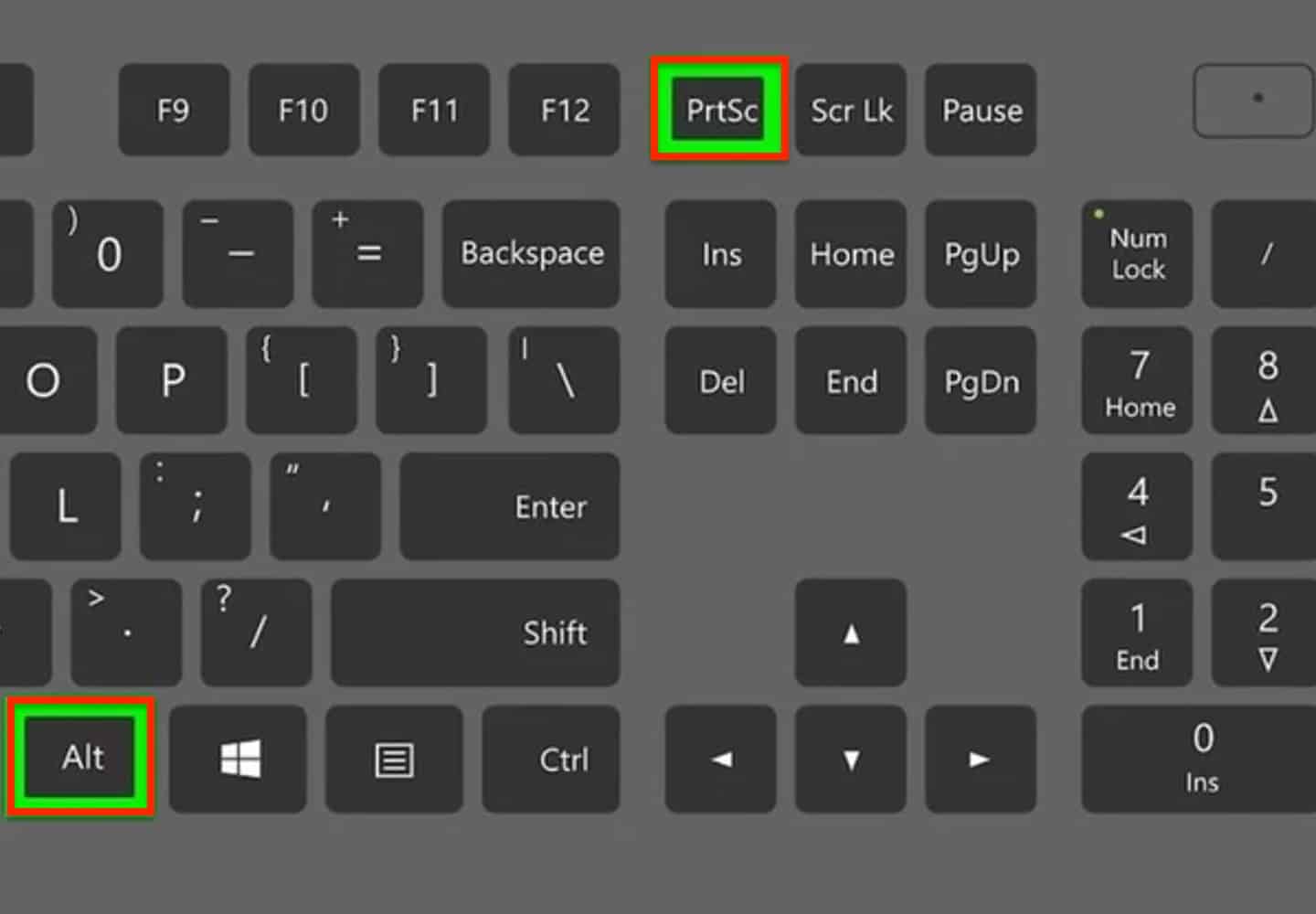

- #COEM CAPTURE LITTLE DISC MOVIE#
- #COEM CAPTURE LITTLE DISC SOFTWARE#
- #COEM CAPTURE LITTLE DISC CODE#
Steve Jobs even cited it as an inspiration. It was trying to connect the world and give access to otherwise obscured or rare information in the radical, anarchic spirit of the Woodstock fallout generation.


There's a reason some people consider a printed book, of all things, to be a forerunner to the internet. The Whole Earth Catalog arose out of the New Left in the 1960s as an attempt to provide a comprehensive catalog of tools and information that could be centralized in one place and distributed with periodic updates to subscribers worldwide, who could also provide input that could add on to later catalog additions. And nowadays streaming video services like iTunes and the Amazon Video Store offer us rentals that disappear after a certain window of time.
#COEM CAPTURE LITTLE DISC MOVIE#
The idea of doing away with video stores via mailed copies of a movie worked really well, in a modified format, during the early days of Netflix. Still, the legacy of Cartrivision lingers on.
#COEM CAPTURE LITTLE DISC CODE#
A combination of zip code readers and a modem connection shut down the rental discs after this, and users could renew the rental at home or (at times) buy an infinitely replayable copy at a steeper-than-rental price. The failure of Cartrivision didn't kill this view-once-and-done idea, though. When DVD was coming to prominence in the late 1990s and early 2000s, DIVX was right along side it, using proprietary software to create one-and-done disks that gave a 48 hour viewing window for the disks. There were also no video stores at the time, so you had to mail order the cassettes and ship them back once you were done. The format lasted two years, probably because consumers wanted more time to re-watch movies or rewind to certain scenes (a feature the U-Matic had.) In addition, the video quality was low and slightly clunky, as the tape reels were stacked on top of each other. When U-Matic was emerging in the late 1960s and early 1970s, the Cartrivision was right alongside it, except this tech used proprietary hardware to create a one-and-done video cassette that gave a "watch once and return" viewing window for the cassettes.

#COEM CAPTURE LITTLE DISC SOFTWARE#
This enabled the Spectrum to capture data via radio waves, and indeed early software piracy involved pirate radio stations sending out pirate software. It was smaller than a cassette but could be plugged into an adapter that allowed you to record onto it from a standard stereo. Unlike the Datasette, the Microdrive was an externally recordable format. Īn interesting cousin to the Datasette was the ZX Microdrive, designed for the ZX Spectrum computer. That made it one of the more sophisticated storage formats when it came out in 1982, though the 5-inch floppy, with 360+ kb per disk, soon eclipsed it. It used magnetic tape to store digital information, reading 100 kb of information per side at a slow rate. The Datasette was a Commodore 64-specific variant of the data tape, which has been in use for most of computing's history and is indeed still used today. The audio cassette is suddenly back in fashion, as if someone were taking a shot at making a successor to the vinyl revival (but with inferior audio quality.) Still, though, there is no love for the Datasette, a format out of vogue then and now.


 0 kommentar(er)
0 kommentar(er)
